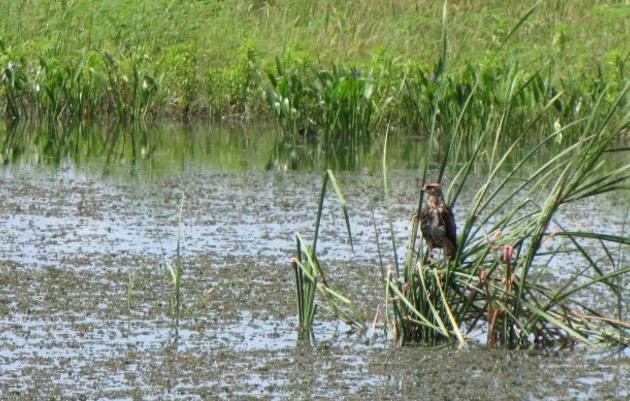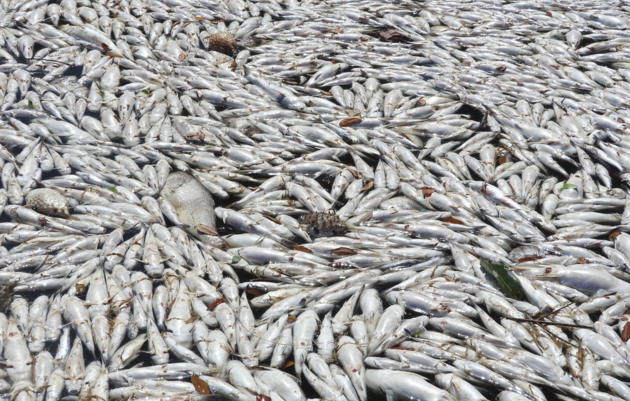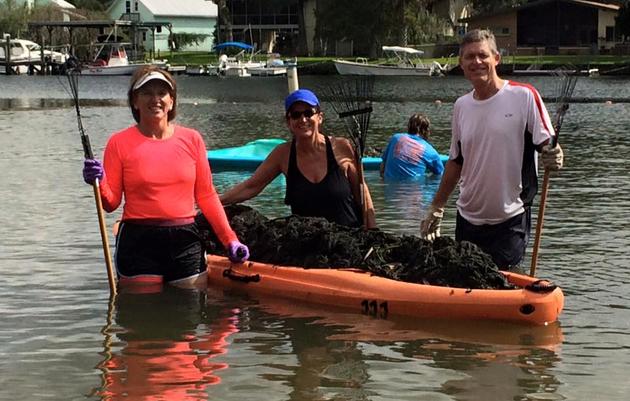Toxic algae. Green slime. These are not the kind of headlines we want to be associated with our treasured Everglades and coastal estuaries. But sadly, this accurately describes the reality in many parts of South Florida.
Algae blooms fouling the St. Lucie and Caloosahatchee estuaries - and now Atlantic coast beaches - shine a bright light on the larger, looming problems facing the River of Grass. For the second time this year, Governor Scott has declared that our coasts are in a State of Emergency.
Fixing the problems is a big challenge. And the solutions will need to be equally big and bold. Audubon Florida is recommending a number of solutions to prevent these conditions from recurring year after year. The most important element of the projects and policy solutions is storing more water south of Lake Okeechobee in the Everglades Agricultural Area.
Building a reservoir in the EAA
High water levels in Lake Okeechobee threaten the safety of the aging Herbert Hoover Dike and damage the Lake’s ecosystem. Heavy rains – like what we experienced during winter and spring 2016 – force the U.S. Army Corps of Engineers to discharge billions of gallons of water to the St. Lucie River and Estuary to the east and the Caloosahatchee River and Estuary to the west. These massive discharges throw off the balance of fresh and salt water and deliver excessive nutrient pollution. The devastation we are seeing on Florida’s coastline right now in the form of fish kills and algae is a result of too much freshwater. Storage projects in the EAA, like a reservoir, will provide an outlet for water south of Lake Okeechobee.
As the St. Lucie and Caloosahatchee estuaries suffer the effects of excess freshwater, Florida Bay in the Southern Everglades is being damaged from lack of freshwater. The insufficient amount of water flowing into the Bay from upstream water sources, combined with low rainfall, has led to extremely high salinity levels. A massive seagrass die-off covering more than 62 square miles has occurred. When seagrass dies, fish lose an important food source and algae blooms can result. A reservoir will provide an upstream source of freshwater needed to help the Bay. Click here to learn more about Florida Bay from the Miami Herald.
An EAA reservoir can help solve both of these opposing problems. But as of now, planning for EAA storage has been delayed until 2020. This is unacceptable.
The U.S. Army Corps of Engineers and the South Florida Water Management District can take immediate action to initiate planning for water storage in the Everglades Agricultural Area.






